During this year’s ESTRO Congress, we had the honor of hosting a highly anticipated seminar on Augmented Stereotactic Body Radiotherapy (ASBRT) for prostate cancer. The session brought together some of the most respected voices in the field, including Professors Piet Ost, Thomas Zilli, Giulia Marvaso, Stefano Arcangeli, and Filippo Alongi.
The seminar focused on advanced motion management techniques and innovations in SBRT, with the goal of enhancing accuracy, precision, and ultimately, patient outcomes in prostate cancer treatment.
Below is a short summary and some conclusions from the speakers.
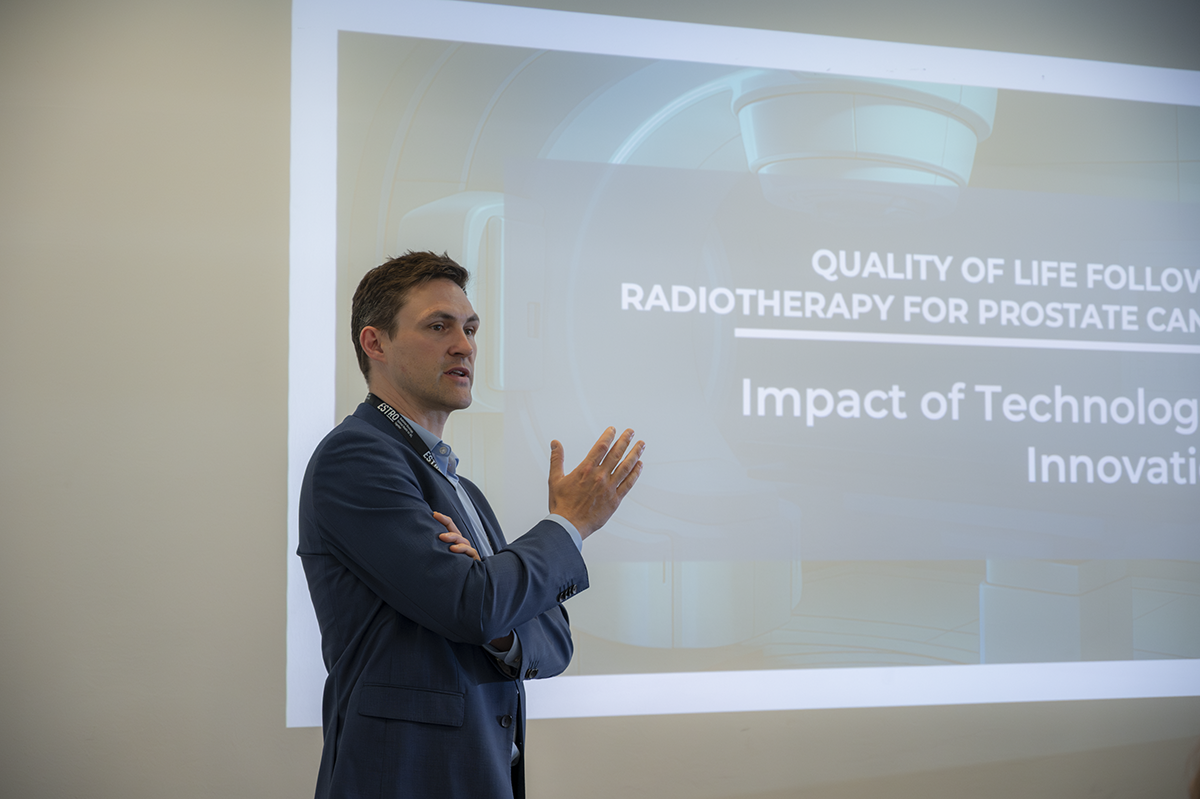
Prof. Piet Ost, Radiation Oncologist, Iridium Network, GZA Ziekenhuizen, Antwerp. Associate professor Ghent University, Belgium.
Improving Patient Outcomes Through Technology
- Enhanced Planning and Delivery
Reduced dose to organs at risk and improved target coverage lead to lower toxicity and better outcomes. - Advanced Guidance and Adaptation
Further margin reduction results in decreased toxicity (especially bowel-related) requires high precision. - Refined Patient Selection
Comprehensive assessment prior to radiotherapy helps identify ideal candidates for treatment.
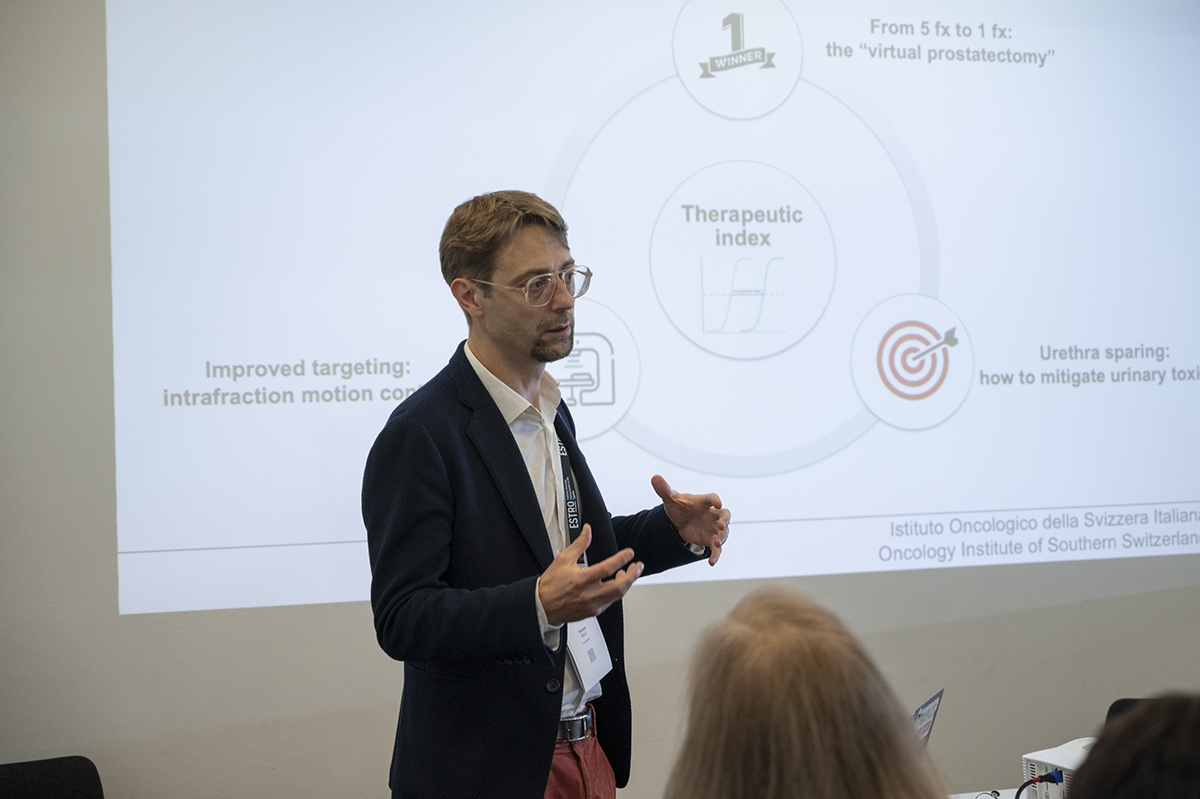
Prof. Thomas Zilli, Radiation Oncology, IOSI – Oncology Institute of Southern Switzerland, EOC, Switzerland.
Augmented SBRT for prostate cancer: optimization strategies to improve the therapeutic ratio.
- Tracking is really important because we know the prostate is moving
- With good motion control you can improve your dose coverage
- Urethra sparing is an important factor for minimizing toxicity
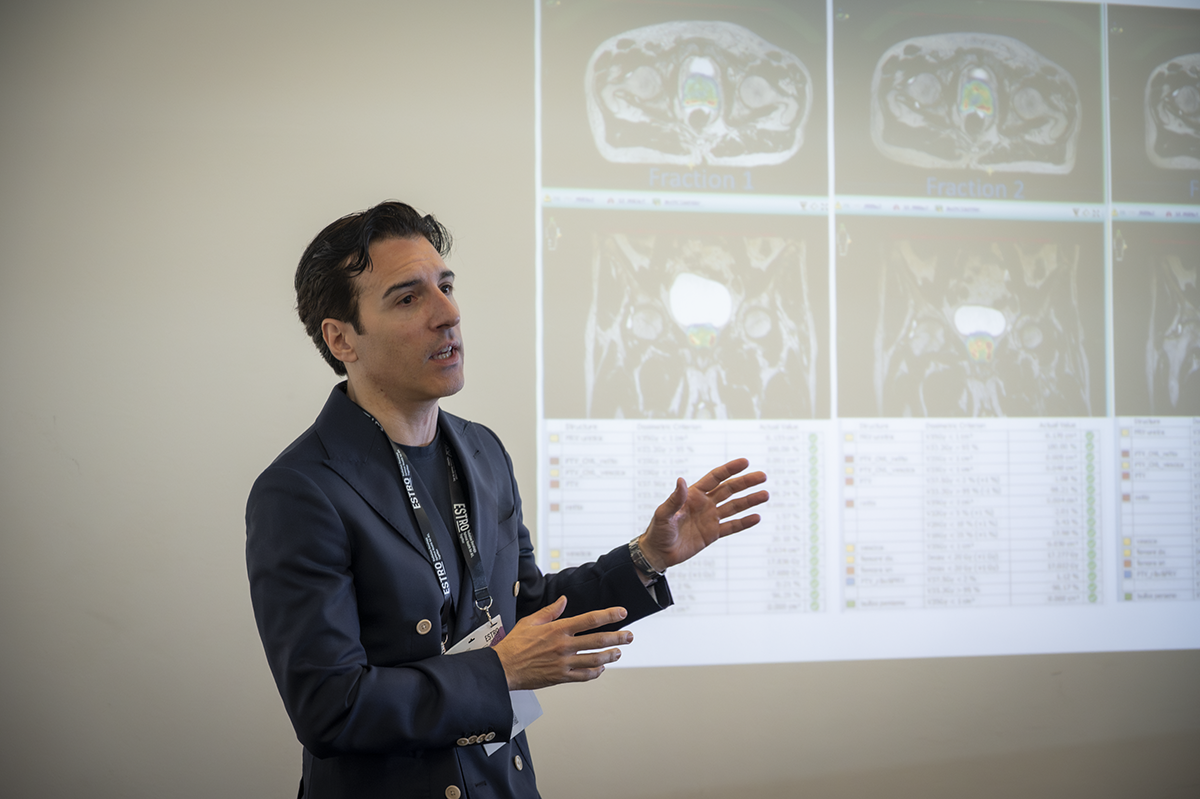
Prof. Filippo Alongi, Chairman of Advanced Radiation Oncology, IRCCS Ospedale S.Cuore Don Calabria, Negrar-Verona & Professor at University of Brescia, Italy.
Summary:
- MRgRT is a viable and accessible option for precision radiotherapy in various clinical settings.
- MR adaptive capabilities are robust and effective for real-time organ-at-risk sparing and precise PTV targeting.
- Real tumor tracking is feasible and reliable, with no significant impact on treatment duration.
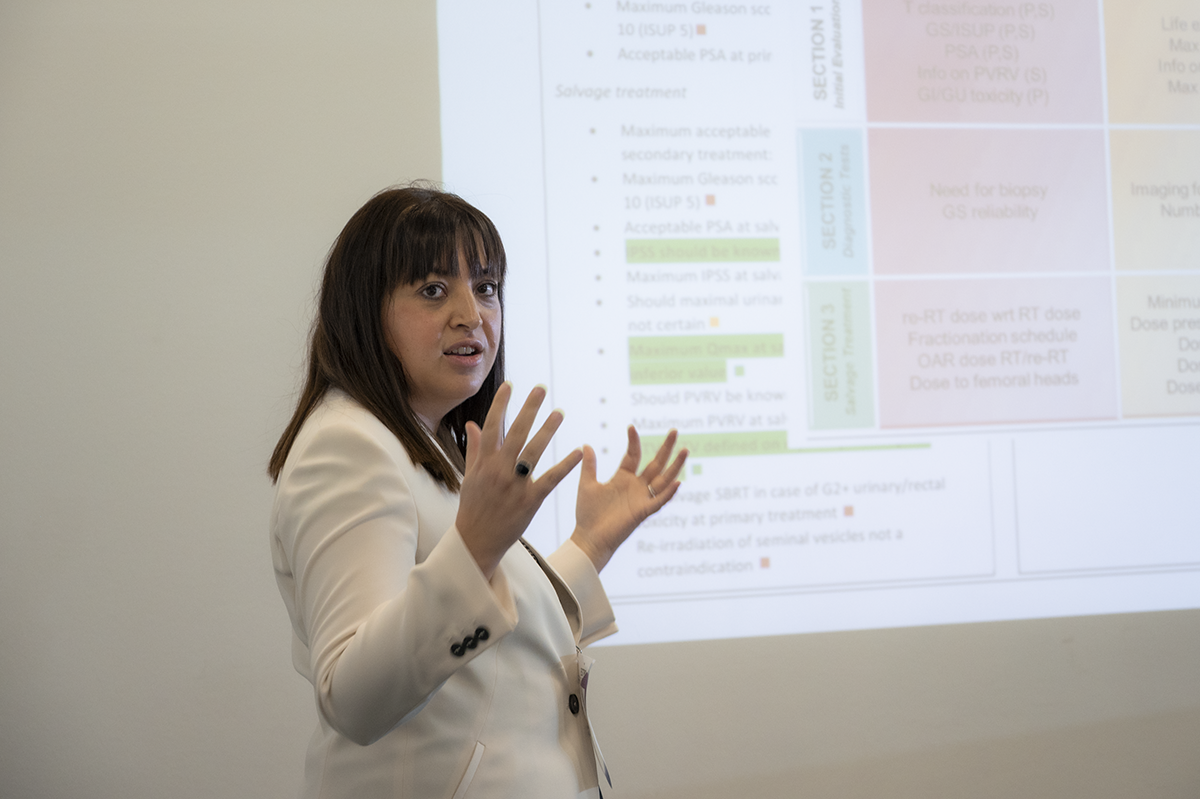
Prof. Giulia Marvaso, Radiation Oncologist at the European Institute of Oncology Milan; Assistant Professor at the University of Milan Oncology Department.
Summary:
- SBRT is an attractive, non-invasive option for selected patients.
- It is competitive with surgery or ADT in terms of tumor control and toxicity.
- Broader adoption is anticipated.
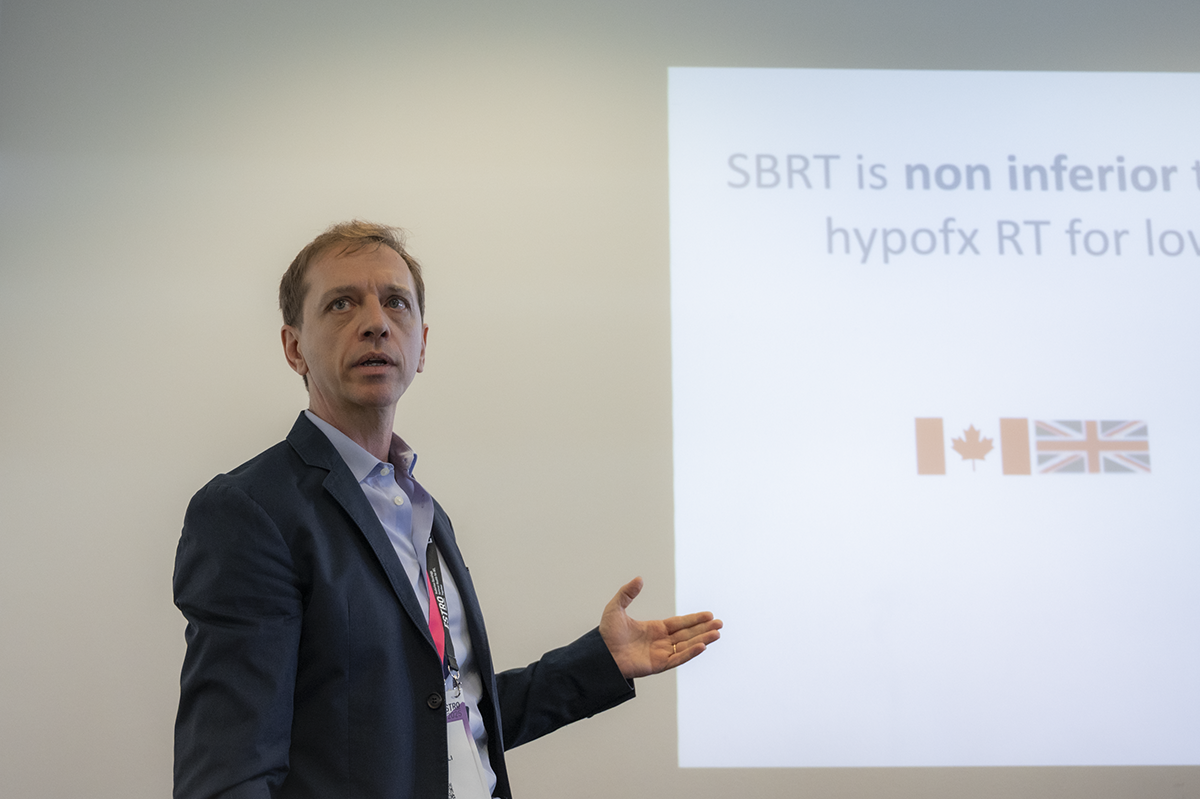
Prof. Stefano Arcangeli, Radiation Oncologist, Associate Professor University of Milan Bicocca.
The safe delivery of fewer, high-dose fractions requires reduced treatment margins.
Key takeaways for Augmented SBRT:
- Careful patient selection, high-resolution imaging and rapid treatment delivery important factors
- Dose escalation for high-risk tumors
- Monitoring and correction for target motion
- Minimizing exposure to the intraprostatic urethra
Thank you to all the speakers and participants for an insightful seminar.
We look forward to continuing the conversation and supporting further discussions on this important topic in the fall of 2025.

